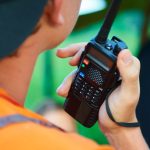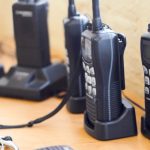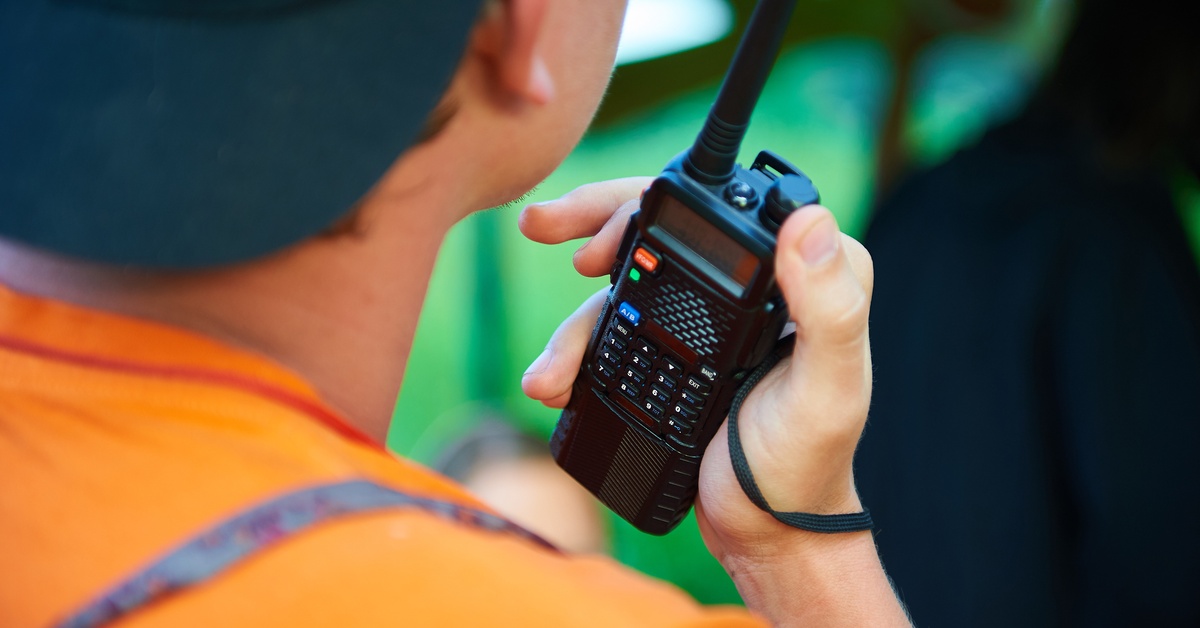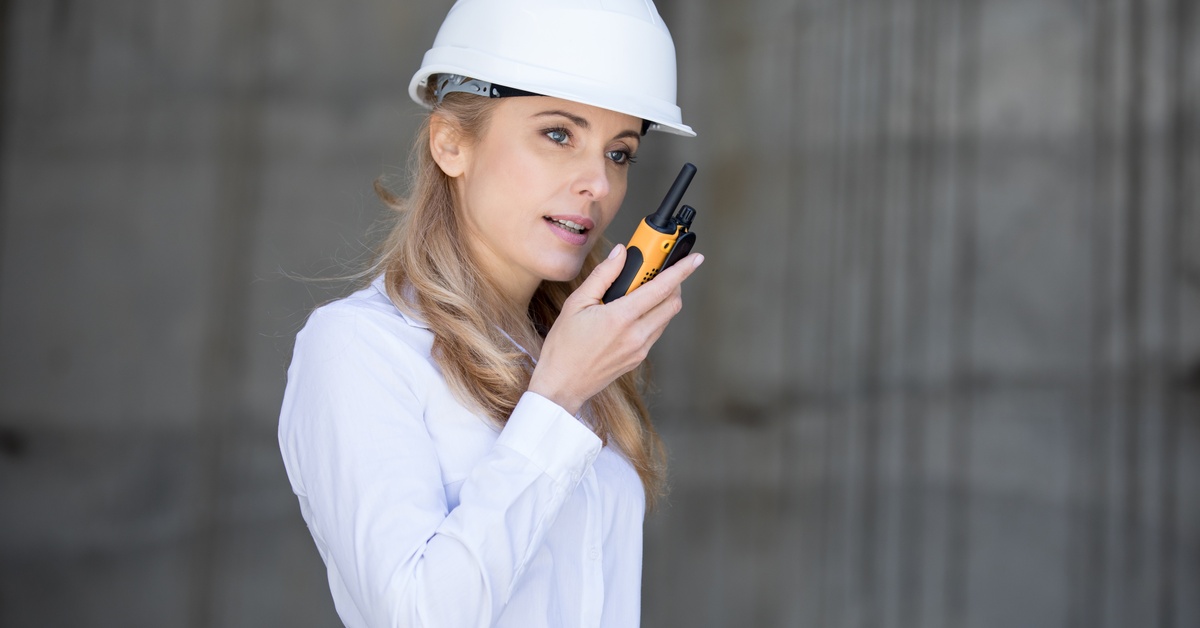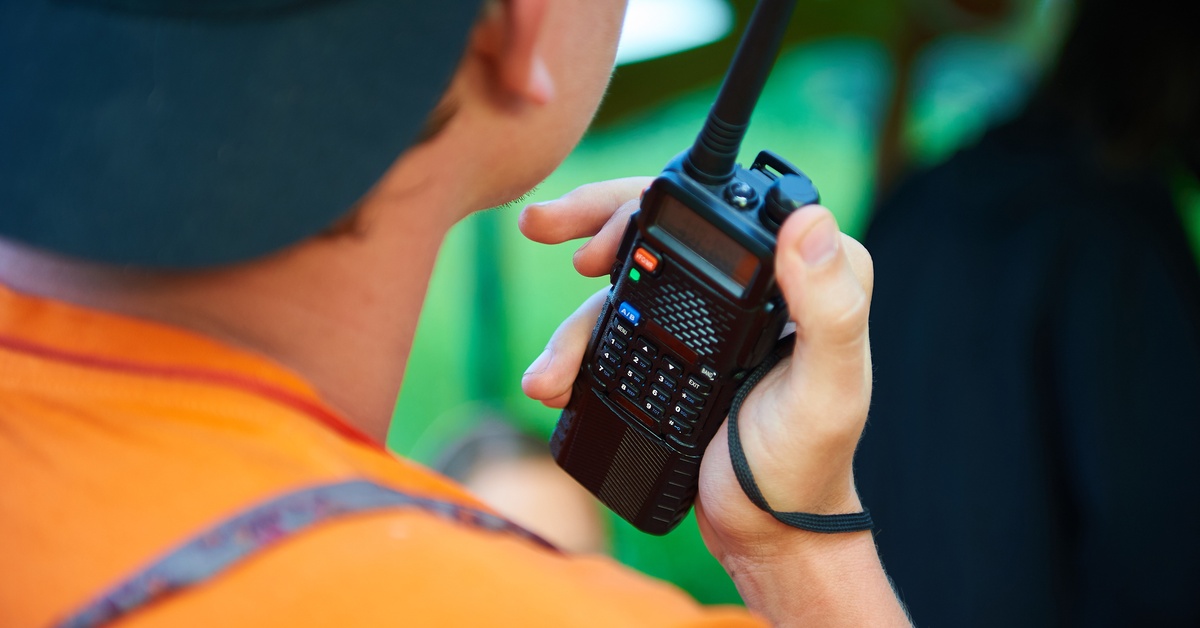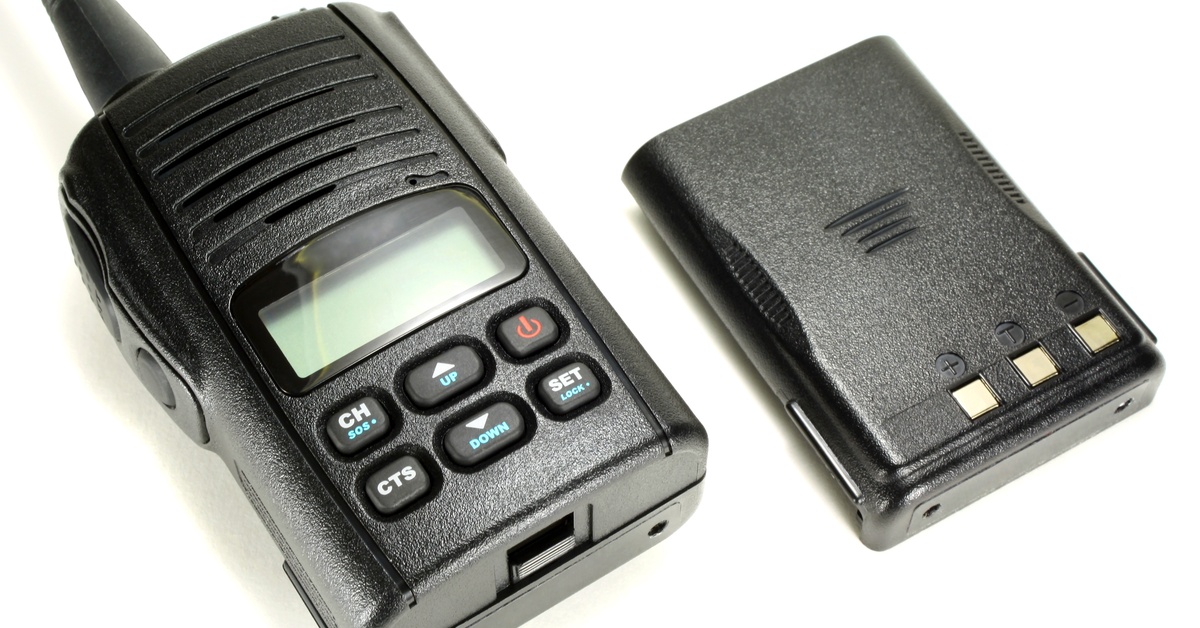Two-way radios are reliable communication tools for various industries, from emergency services to event management and construction. At the heart of these devices are their batteries, which provide power for uninterrupted connectivity. However, like any power source, two-way radio batteries don’t last forever. Knowing when you should replace your two-way radio batteries and how to replace them can save you from frustrating interruptions and reduced performance.
Understanding Two-Way Radio Batteries
Two-way radio batteries come in several varieties, each with unique properties that impact their performance and lifespan.
Types of Batteries
Nickel-cadmium (NiCd) batteries are known for their durability and ability to withstand high usage, making them reliable for demanding environments. Nickel-metal hydride (NiMH) batteries provide a larger capacity and are more environmentally friendly. Lithium-ion (Li-ion) batteries are lightweight, have no memory effect, and boast excellent energy density, making them perfect for portable devices.
Average Lifespans
On average, two-way radio batteries last between 18 months and 2 years when used regularly, though several factors can affect their longevity. The number of charge cycles, environmental conditions, and how you care for the battery all play crucial roles. For instance, exposing a battery to extreme temperatures or overcharging it can significantly shorten its lifespan. Similarly, storing batteries unused for extended periods without proper precautions can lead to diminished performance over time.
Understanding these battery types, their average lifespans, and performance factors is crucial for determining when replacements are necessary to maintain optimal functionality in your two-way radios.

Signs It’s Time for a Replacement
Monitoring the condition of your two-way radio batteries is essential to avoid sudden failures during critical use. Several signs can indicate it’s time to replace the battery.
Reduced Battery Life
If you notice your two-way radio lasting significantly less time on a full charge, it may indicate the battery can no longer hold sufficient energy. This is a natural part of the battery’s aging process, but it should prompt consideration for a new one.
Slow or Incomplete Charging
Another common sign is slow or incomplete charging. If your battery takes much longer than usual to charge fully or never seems to complete the charging cycle, it could signify internal wear or damage. This issue affects the battery’s usability and can strain the radio itself if not addressed promptly.
Physical Damage
Physical damage is another indication that you need a replacement battery. Visual checks for swelling, cracking, or corrosion on the battery’s casing can uncover signs of deterioration. Swollen or leaking batteries are particularly dangerous and require immediate replacement to avoid damaging the radio or causing safety hazards.
Inconsistent Performance
Furthermore, inconsistent performance during operation can indicate battery troubles. Issues like the radio shutting off unexpectedly or irregular power levels, even when the battery appears charged, are red flags. These inconsistencies can lead to unreliable communication, which is unacceptable in situations where two-way radios are critical for coordination, such as in security or first responder operations.
Keeping an eye on these signs ensures your two-way radio batteries remain in top condition, preventing disruptions when every second counts.
How To Choose the Right Replacement Battery
Selecting the right replacement battery for your two-way radio is essential for maintaining its performance and longevity. Let’s explore some of the most important factors to consider.
Compatibility
The most important factor is compatibility. Using a battery that is incompatible with your radio model can result in poor performance or even damage. Always verify that the battery matches your device’s specifications, including size and connector type.
Voltage and Capacity
Voltage and capacity are also critical considerations. Voltage determines how much electrical power the battery can provide to your radio, while capacity affects how long the device will run on a single charge. For users who rely on their radios for extended periods, opting for a battery with a higher capacity is a practical choice.
Brand Reputation
Paying attention to brand reputation is another important step. The original equipment manufacturer (OEM) specifically designs batteries for your radio, ensuring the most reliable performance. While third-party batteries may be cheaper, they often lack the quality assurance that comes with OEM options.
Chemical Composition
A final consideration is the battery’s chemical composition. If your radio originally came with a NiMH battery, you may opt for the same type or upgrade to a lighter and more efficient Li-ion option, provided it’s compatible. Understanding the pros and cons of each chemical type, such as their lifespan and weight, will help guide you to the best replacement for your needs.
Making an informed decision when choosing replacement batteries keeps your two-way radios performing at their best, regardless of the circumstances.
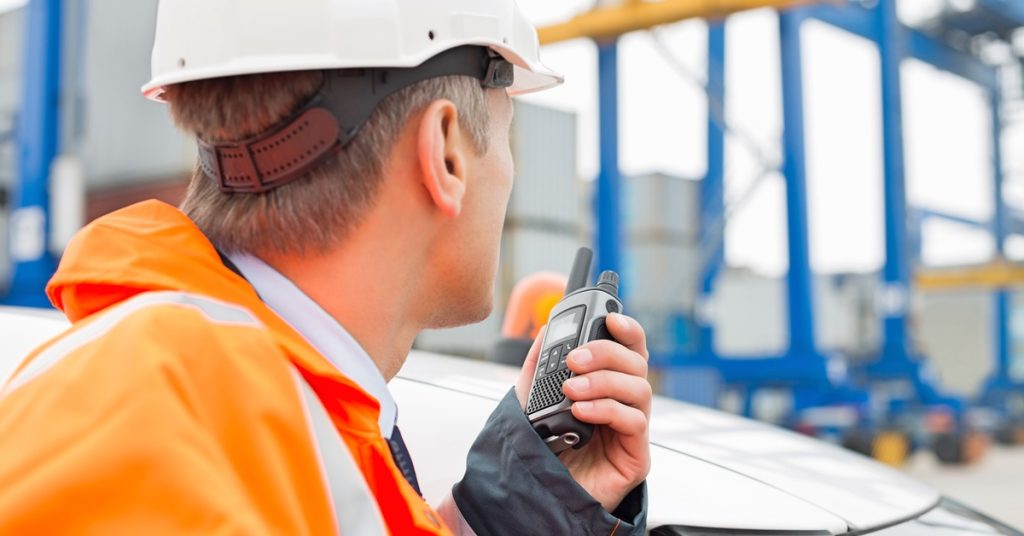
Proper Battery Maintenance Tips
While replacing the batteries when necessary is vital, adopting proper maintenance practices can significantly extend their lifespan and save you money. Simple steps can prevent premature wear and tear, allowing you to get the most out of your batteries before needing a replacement.
Charging Techniques
One of the most effective ways to care for your batteries is by using proper charging techniques. Avoid overcharging or leaving batteries plugged in continuously, as this can lead to overheating and reduced capacity over time. Many modern chargers have automatic cut-off features, making them a safer choice.
Storage
Storage also plays a key role in maintaining battery health. If you have spare batteries that you won’t use immediately, store them in a cool, dry place to prevent degradation. Avoid exposing stored batteries to extreme temperatures, as both hot and cold conditions can harm their chemical structure. For long-term storage, consider partially charging the battery before putting it away, as fully charged or fully drained batteries don’t fare well in prolonged storage.
Usage Habits
Proper usage habits can further extend battery life. Regularly cycling your battery by fully charging and discharging it can help maintain its capacity, though this is less critical for Li-ion batteries due to their lack of memory effect. Additionally, handle your batteries with care, avoiding accidental drops or impacts that could impair their function.
By following these maintenance tips, you can maximize the value and utility of your two-way radio batteries.
Stay Connected With Reliable Power
Two-way radio batteries are indispensable components of reliable communication. Recognizing the signs of wear and knowing when you should replace your two-way radio batteries are essential steps for extending their performance and ensuring uninterrupted functionality.
To keep your radios running efficiently and avoid any operational setbacks, make it a habit to monitor your batteries and replace them when necessary. Battery Distributors offers a variety of replacement batteries, including Motorola XTS 2500 battery replacements, so your two-way radios can continue to perform optimally. Browse our selection of quality battery replacements to stay connected in every situation.



